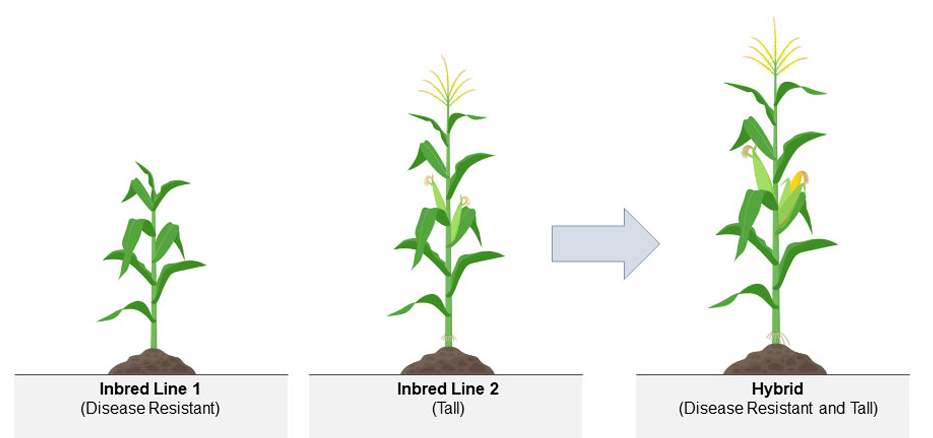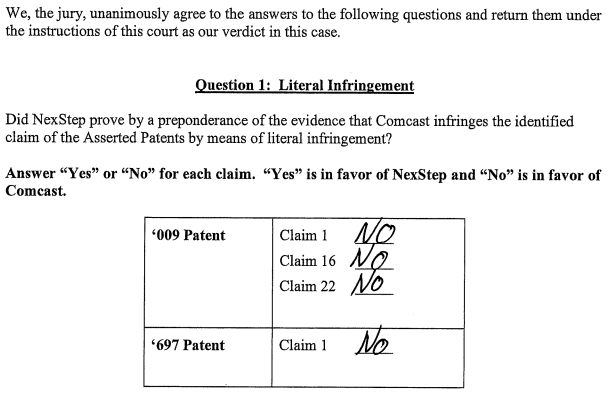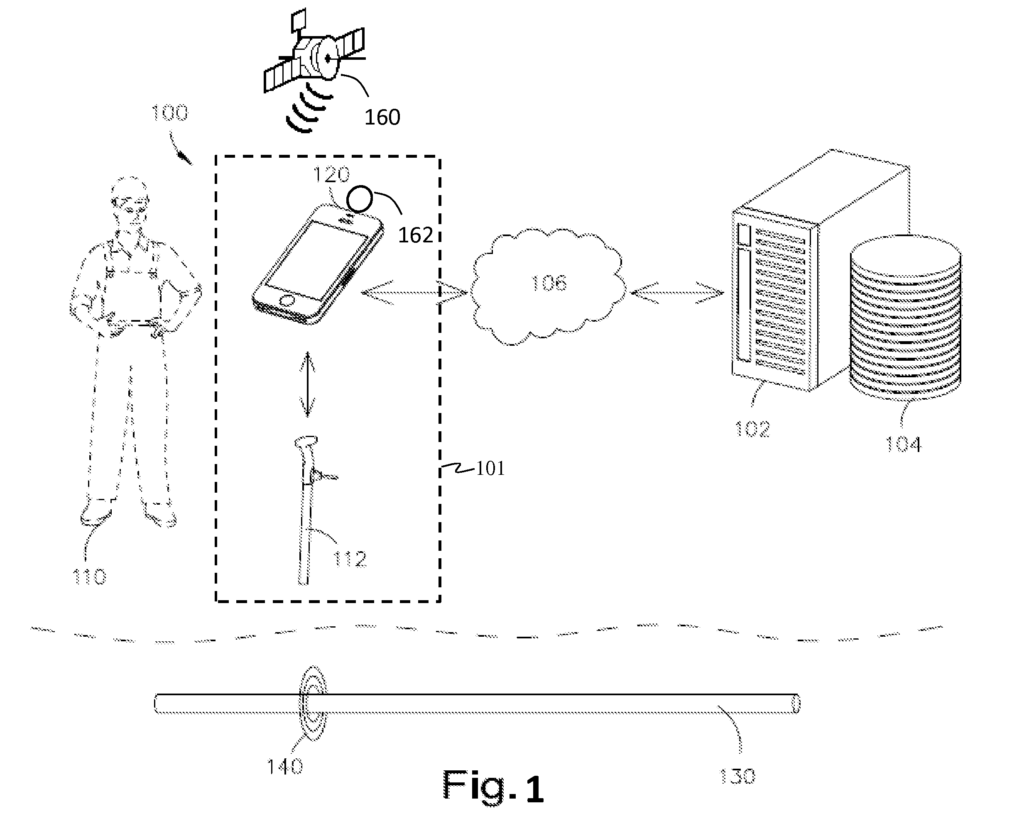I previously wrote about the Federal Circuit’s FRAND international injunction decision in Ericsson v. Lenovo, but also invited Prof. Jorge Contreras to provide his insight. Contreras is one of the world’s leading experts on FRAND litigation and standards-essential patent licensing. His analysis of the Federal Circuit’s decision in Ericsson particularly highlights the court’s new limits on injunctive relief for FRAND violators and suggests renewed U.S. court engagement in global rate-setting disputes. — Dennis Crouch
= = =
Guest Post by Professor Jorge L. Contreras
On October 24, 2024, the Court of Appeals for the Federal Circuit (No. 24-1515, 2024 U.S. App. LEXIS 26863) cleared the way for Lenovo to seek an antisuit injunction against Ericsson in the parties’ global FRAND litigation. In doing so, it established important precedent for cases involving standards-essential patents.
Background
The case stems from the dispute between Ericsson and Lenovo over licenses to their respective portfolios of patents essential to the 5G wireless telecommunications standards (standards-essential patents or SEPs). Under the applicable rules of the European Telecommunications Standards Institute (ETSI), each of the parties committed to grant licenses under its SEPs to manufacturers of standardized products on terms that are fair, reasonable and nondiscriminatory (FRAND). As the parties, after years of negotiation, were unable to agree on the FRAND royalties for a cross-license of these SEPs, they each initiated litigation in various jurisdictions including the United Kingdom, Brazil, Colombia, the US International Trade Commission and the U.S. District Court for the Eastern District of North Carolina (EDNC). In the EDNC, each party accused the other of infringing its 5G SEPs and breaching its contractual FRAND obligations to ETSI.
In late 2023, Ericsson obtained injunctions against Lenovo’s sale of 5G-enabled phones in Brazil and Colombia. In response, Lenovo petitioned the EDNC for an antisuit injunction (ASI) (technically, a temporary restraining order), which would have barred Ericsson from enforcing its Brazilian and Colombian injunctions against Lenovo until the resolution of the FRAND dispute in the U.S. court. In February 2024, the EDNC denied Lenovo’s motion for an ASI (No. 5:23-CV-00569-BO, 2024 U.S. Dist. LEXIS 26060, 2024 WL 645319). Lenovo appealed to the Federal Circuit, which reversed and remanded. (more…)








